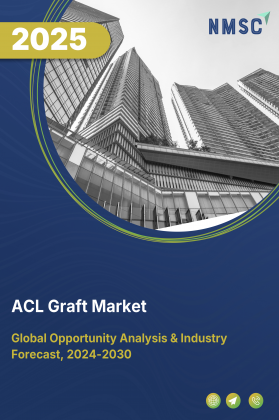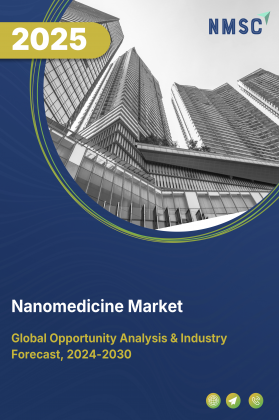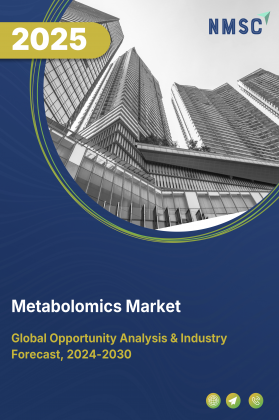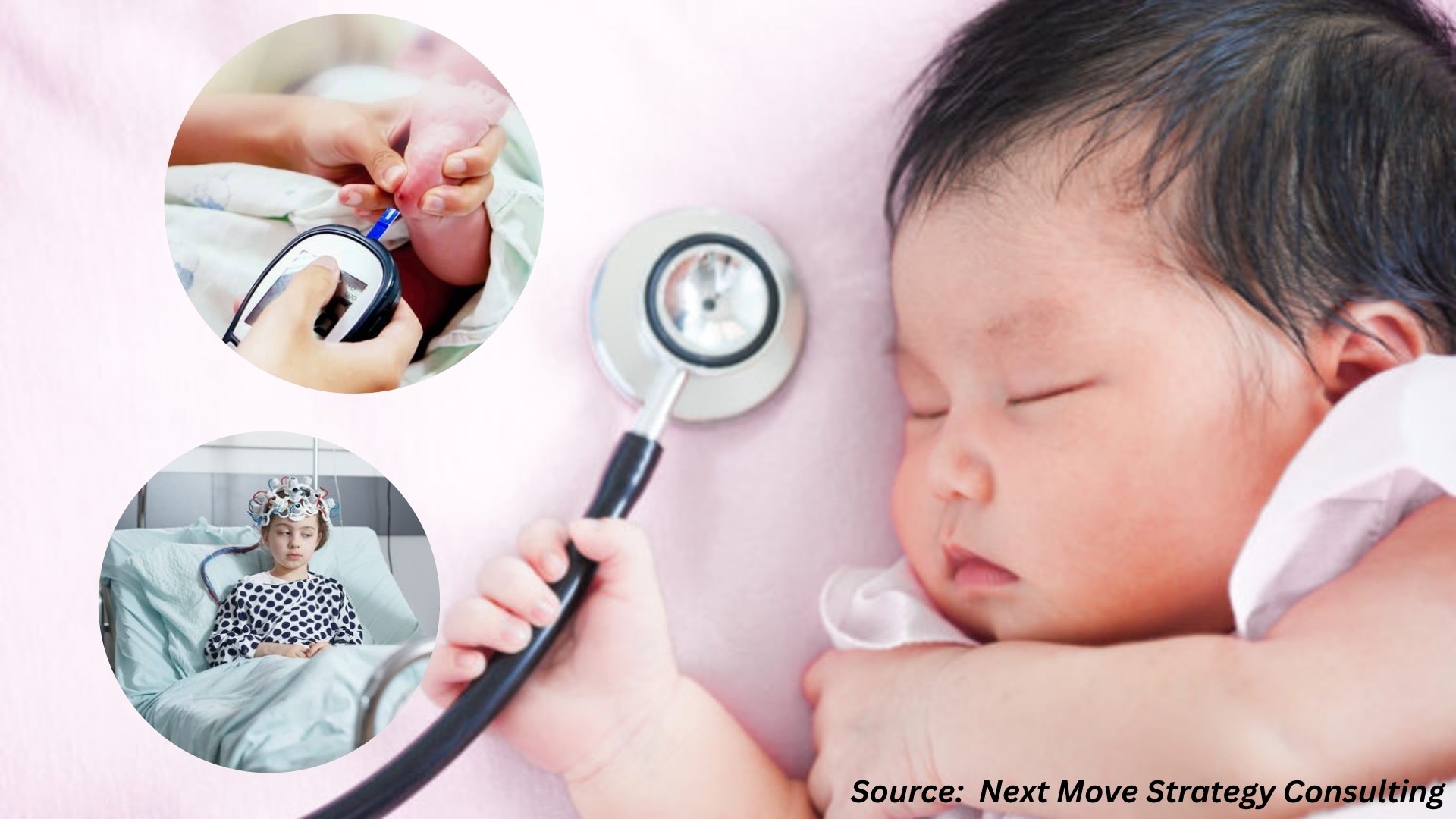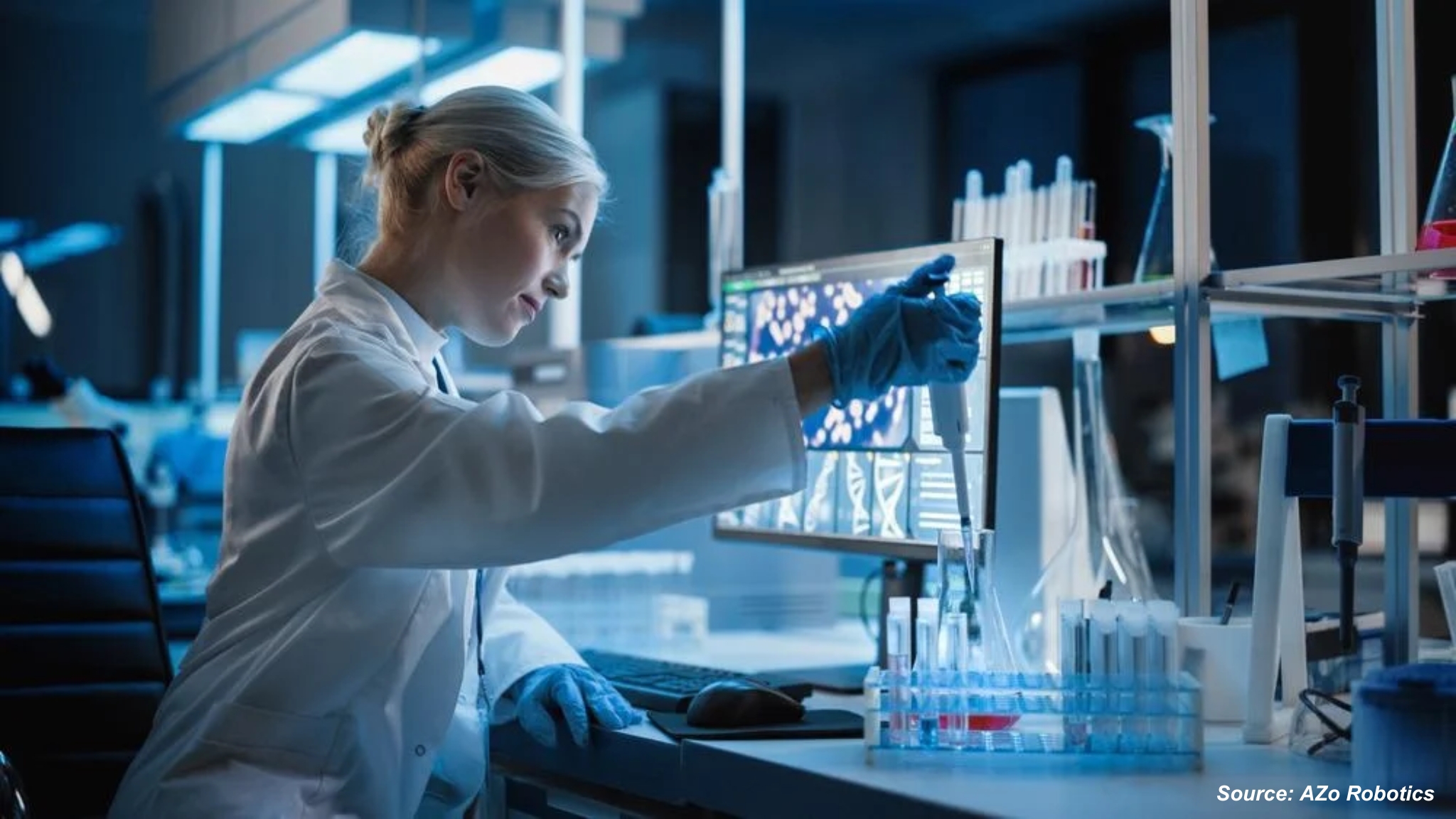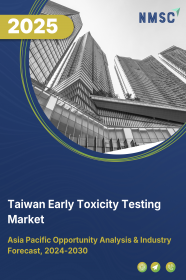
Taiwan Early Toxicity Testing Market by Technique (In Vivo, In Vitro and In Silico), by Toxicity Endpoint (Genotoxicity, Dermal Toxicity, Skin Toxicity, Ocular Toxicity, Phototoxicity, and Others), and by End-User (Pharmaceutical Industry, Cosmetic Industry, Chemical Industry, Food Industry, and Others) – Opportunity Analysis and Industry Forecast, 2025–2030
Industry: Healthcare | Publish Date: 23-May-2025 | No of Pages: 147 | No. of Tables: 112 | No. of Figures: 57 | Format: PDF | Report Code : HC757
Taiwan Early Toxicity Testing Industry Overview
The Taiwan Early Toxicity Testing Market size was valued at USD 46.4 million in 2024, and is predicted to reach USD 112.3 million by 2030, at a CAGR of 15.8% from 2025 to 2030.
The early toxicity testing market is experiencing growth driven by the expansion of the chemical industry and increasing investments in research and development. However, the high costs associated with early toxicity testing present a significant challenge.
On the other hand, the integration of 3D cell cultures in in-vitro testing offers promising opportunities for the market’s future by improving the accuracy and reliability of toxicity testing results.
Key players like Merck KGaA, Medpace, Eurofins Scientific, PerkinElmer, Inc., and Bio-Rad Laboratories, Inc. are actively engaging in product launches and collaborations to maintain a competitive edge. These initiatives are expected to accelerate the adoption of early toxicity testing, ensuring quicker identification of safety issues.
With advancements in 3D cell culture, clinical trial risks are reduced, ensuring product safety, regulatory compliance, and minimizing ethical concerns due to non-animal testing methods, which ultimately fuels market growth.
Expansion of the Chemical Industry Fuels the Taiwan Early Toxicity Testing Market Growth
The expansion of the chemical sector is a significant driver of the early toxicity testing market. The formulation of various chemicals, particularly those intended for human use, requires rigorous testing for the presence of harmful toxins.
These tests are performed during the chemical development phase by early toxicity testing centers to ensure safety for both humans and the environment. As the chemical sector grows, so does the demand for toxicity testing services, thereby boosting the Taiwan early toxicity testing market demand.
Increasing Focus on Research and Development Drives the Market Growth
Investments in research and development (R&D) play a crucial role in advancing the early toxicity testing market. Increased R&D funding enhances testing methodologies, leading to more accurate and efficient results.
It also accelerates the development of new tools and techniques for toxicity testing, reducing the time required for testing and improving the ability to evaluate the safety of chemicals and pharmaceuticals more effectively. This innovation cycle supports the overall growth and expansion of the early toxicity testing market.
High Cost of Early Toxicity Testing Restricts the Taiwan Early Toxicity Testing Market Expansion
The high cost associated with early toxicity testing is a key challenge for the market, particularly for small and medium-sized enterprises (SMEs). The financial burden associated with adopting these advanced testing technologies prevents many companies from utilizing them, forcing them to rely on outdated and less effective animal testing practices. This slow adoption of more efficient and ethical testing solutions ultimately hinders market growth.
Integration of 3D Cell Cultures in In-Vitro Testing Creates Ample Growth Opportunity
The integration of 3D cell cultures into in-vitro toxicity testing presents significant growth opportunities for the market. These models replicate the complexity of human tissue more effectively than traditional 2D cultures, offering more reliable and accurate toxicity testing outcomes.
The realistic microenvironment created by 3D models helps predict toxic effects with higher precision, reducing clinical trial risks and enhancing drug safety. This innovation is set to drive market growth, as it provides more reliable results while minimizing the reliance on animal testing.
Competitive Landscape
The promising key players operating in the Taiwan early toxicity testing industry includes Merck KGaA, Medpace, Eurofins Scientific, PerkinElmer, Inc., Bio-Rad Laboratories, Inc., Agilent Technologies, Inc., RayBiotech, Inc., PharmaEngine, SGS SA, Bristol-Myers Squibb Ltd., ICON plc, Premier Research, Linical Co. Meditrial, Crown Bioscience, Firstep Bioresearch, Inc., and others.
Taiwan Early Toxicity Testing Market Key Segments
By Technique
-
In Vivo
-
In Vitro
-
Cell Culture
-
PCR
-
ELISA
-
Western Blotting
-
Protein Binding Assays
-
-
In Silico
By Toxicity Endpoint
-
Genotoxicity
-
Dermal Toxicity
-
Skin Toxicity
-
Ocular Toxicity
-
Phototoxicity
-
Others
By End-User
-
Pharmaceutical Industry
-
Cosmetic Industry
-
Chemical Industry
-
Food Industry
-
Others
Key Players
-
Merck KGaA
-
Medpace
-
Eurofins Scientific
-
PerkinElmer, Inc.
-
Bio-Rad Laboratories, Inc.
-
Agilent Technologies, Inc.
-
RayBiotech, Inc.
-
PharmaEngine
-
SGS SA
-
Bristol-Myers Squibb Ltd.
-
ICON plc
-
Premier Research
-
Linical Co. Meditrial
-
Crown Bioscience
-
Firstep Bioresearch, Inc.
REPORT SCOPE AND SEGMENTATION:
|
Parameters |
Details |
|
Market Size Value in 2024 |
USD 46.4 million |
|
Revenue Forecast in 2030 |
USD 112.3 million |
|
Value Growth Rate |
CAGR of 15.8% from 2025 to 2030 |
|
Analysis Period |
2024–2030 |
|
Base Year Considered |
2024 |
|
Forecast Period |
2025–2030 |
|
Market Size Estimation |
Million (USD) |
|
Growth Factors |
|
|
Companies Profiled |
15 |
|
Market Share |
Available for 10 companies |
|
Customization Scope |
Free customization (equivalent up to 80 working hours of analysts) after purchase. Addition or alteration to country, regional, and segment scope. |
|
Pricing and Purchase Options |
Avail customized purchase options to meet your exact research needs. |




















 Speak to Our Analyst
Speak to Our Analyst



